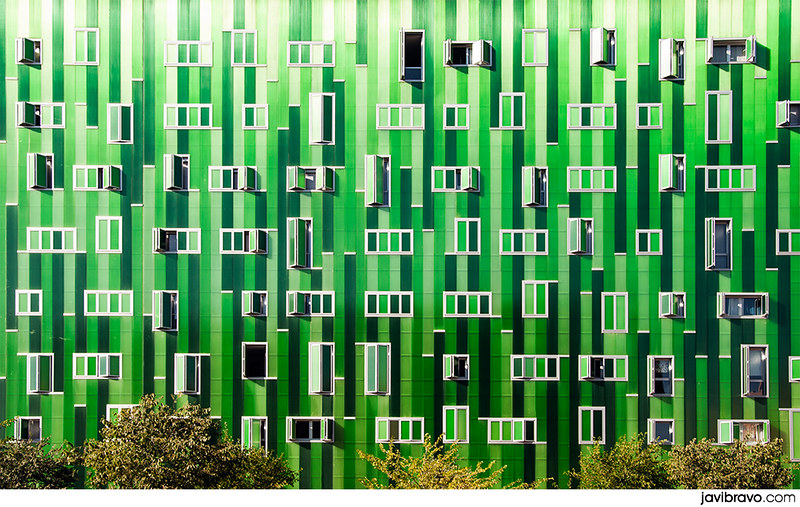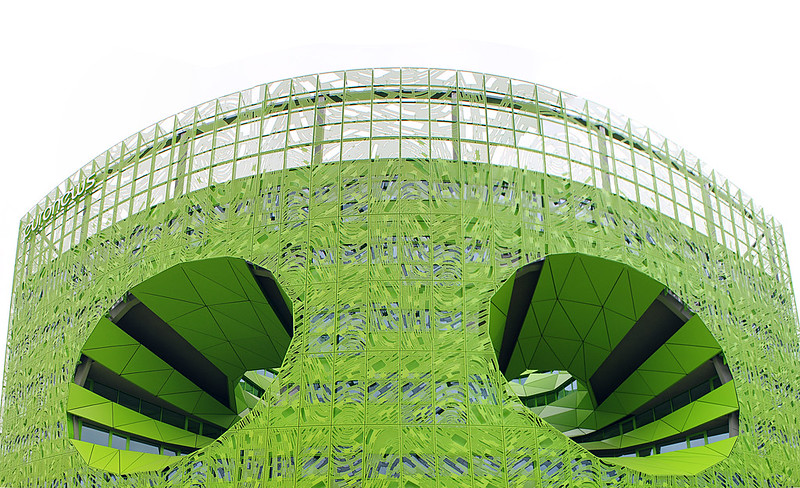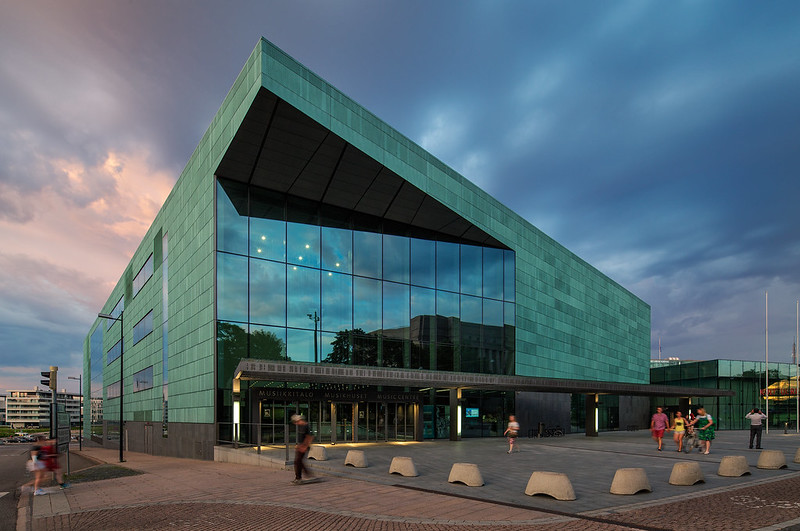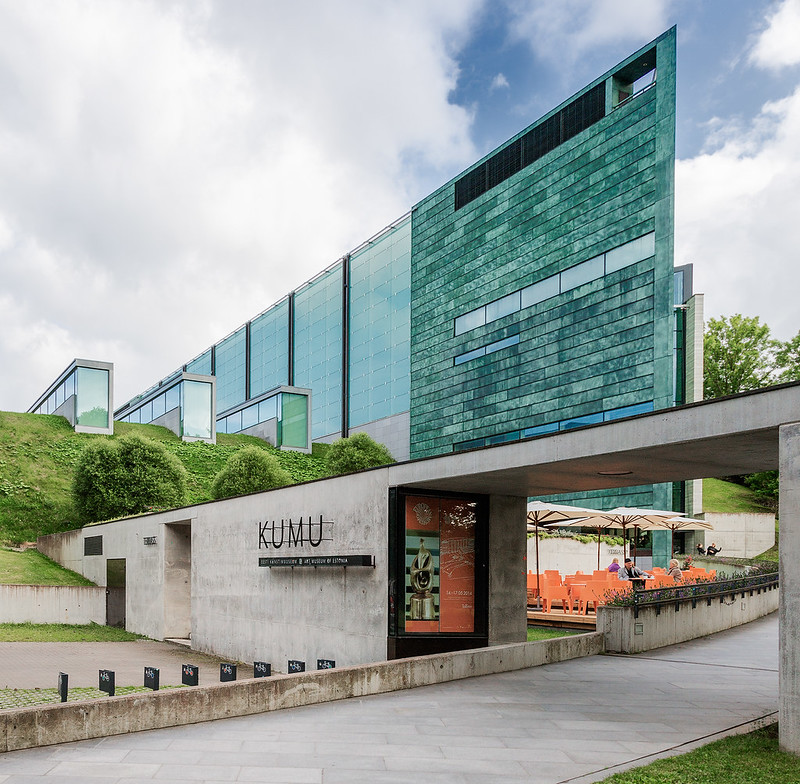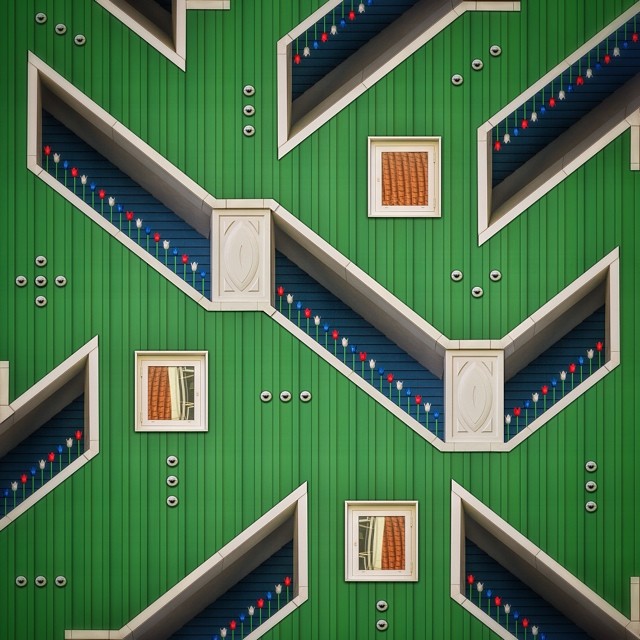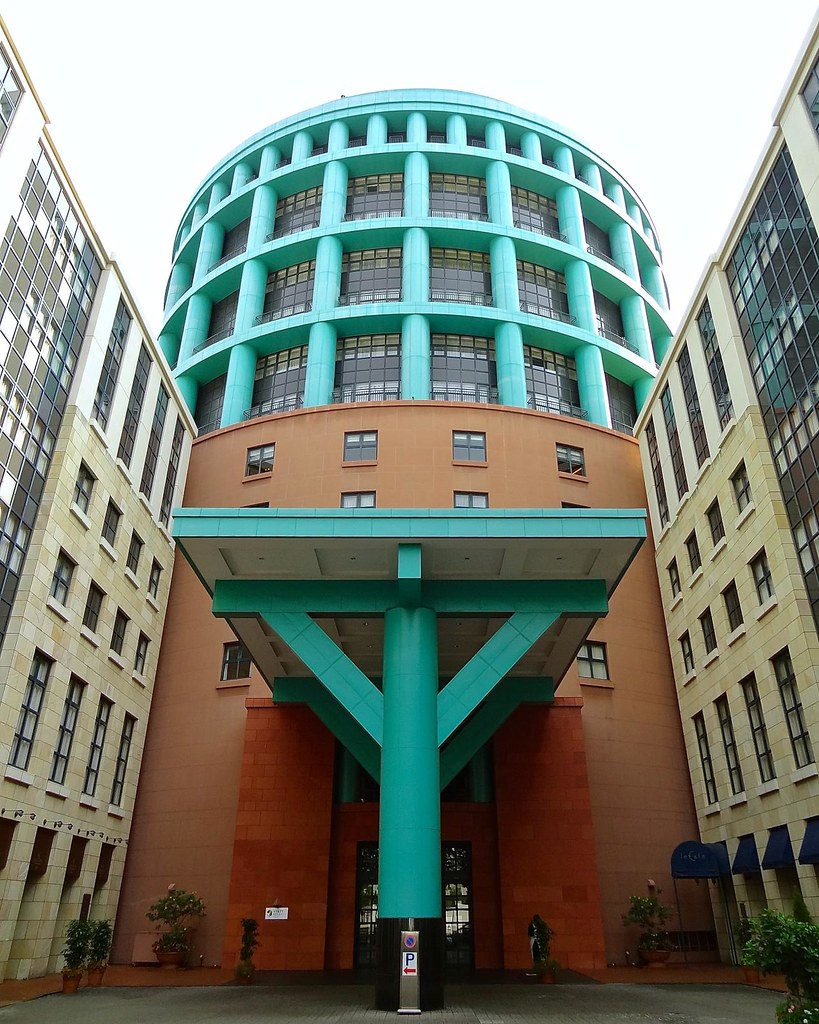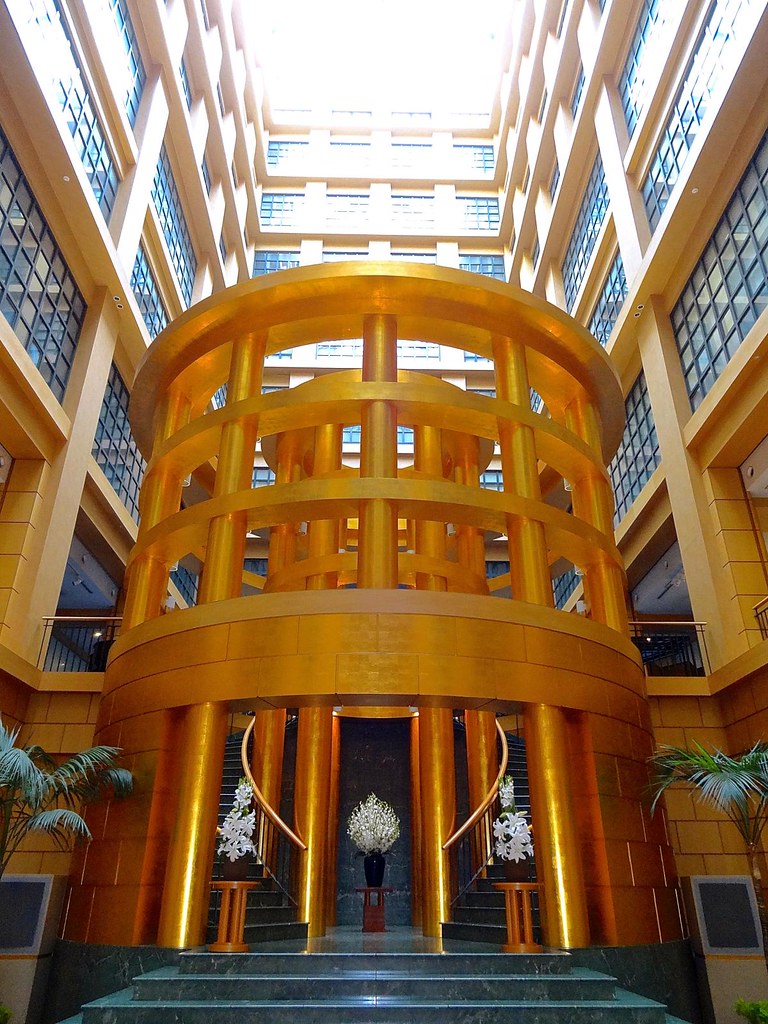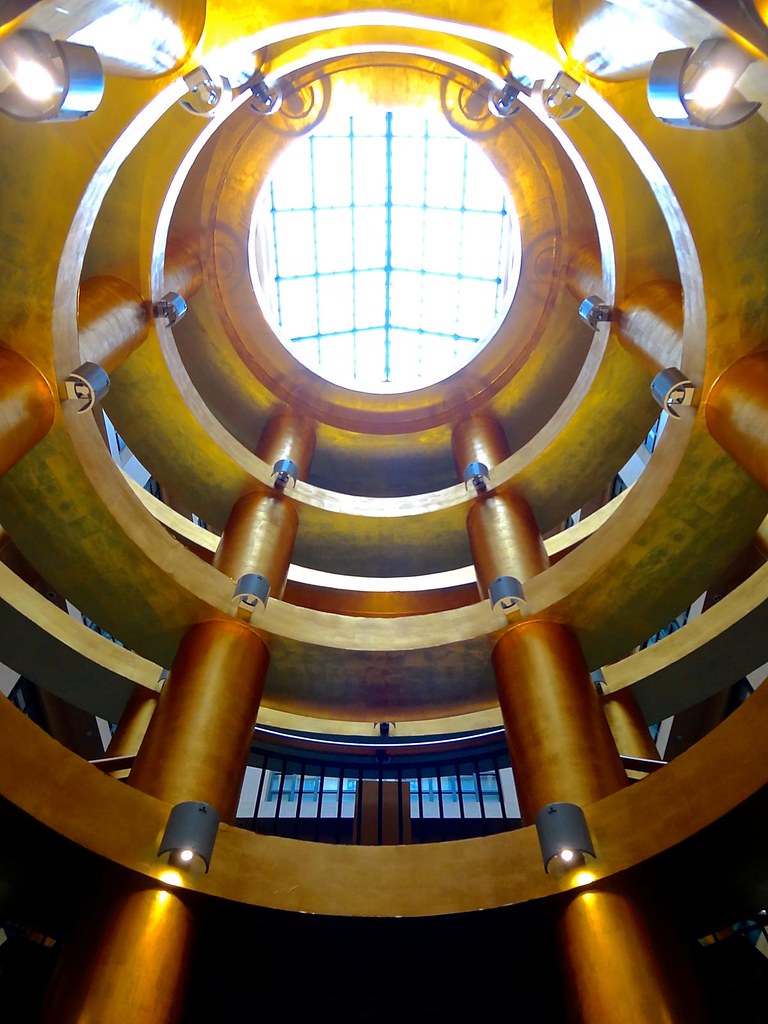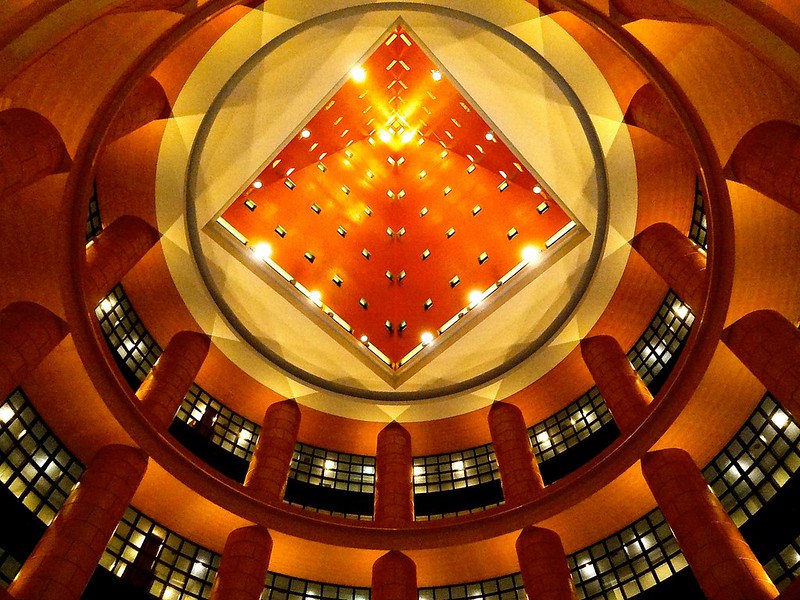Lessons from Modernism: Environmental Design Strategies in Architecture, 1925-1970 edited by Kevin Bone with Steven Hillyer and Sunnie Joh
Monacelli Press, 2014
Hardcover, 224 pages

A common view of modernist architecture sees it as anything but environmental, based on the notion that International Style modernism sought a universal style that ignored climate. Lots of single-pane glazing, hermetically sealed buildings and a lack of solar shading created the need for a good deal of mechanical heating and/or cooling and, decades later, retrofits with insulated glazing and other fixes, if not just outright demolition. This view, though, prioritizes a particular strand of modernism at the expense of much of the modern architecture that consciously addressed place and climate while maintaining modern stylings.

[Exhibition Installation View | Photographs courtesy of The Cooper Union]
Lessons from Modernism, born from a 2013 exhibition of the same name at The Cooper Union, collects 25 projects designed in the years 1925 to 1970, from Le Corbusier and Pierre Jeanneret's New Dwellings for Bordeaux (gracing the cover) to Constantinos Decavallas's Vacation House on Aegina. These projects all exhibit considerations of climate, even as their formal responses and geographic locales are diverse; a map at the beginning of the book illustrates the geographic dispersal of the projects overlaid with the different climatic zones across the globe. The thorough documentation of each project is aided by the work the Cooper students produced for the exhibition, which consists of models, drawings and diagrams. Spearheading the exhibition and book is Kevin Bone, architect and director of the Institute for Sustainable Design at The Cooper Union.

[Housing at Sunila Pulp Mill - Alvar Aalto, 1936]
In addition to the 25 projects, the book features a timeline with many more projects with a similar approach, and four academic essays that analyze the results of the research and exhibition. But it's the 25 projects that are the meat of the book and the most rewarding aspect of it. So the projects, built or unbuilt, can be compared to each other, a consistent format is used, most evident in the pages highlighting the "primary solar paths and corresponding sections." These drawings show orientation and prevailing winds, but they are all about the sun, how it moves across the sky, how much enters the buildings spaces and how it is controlled. Given that drawings illustrating natural ventilation, for example, are included only sporadically, there's a clear emphasis on environmental design equaling solar design.

[Exhibition Installation View]
The well honed focus on solar design is evident in Daniel A. Barber's essay at the end of the book, "Lessons from Lessons from Modernism," where he states that the book/exhibition "can be seen as a re-presentation of the second half of Victor and Aladar Olgyay's Solar Control and Shading Devices published in 1957." I'm not familiar with that book, which sounds like a design manual, but Bone's book can be seen as trying to rewrite history by elevating the environmentally conscious designs of modernism. I'll admit that I wasn't familiar with a number of the projects or architects in the book. Along these lines, there is definitely value in broadening ones exposure to historical precedents where solar design merges with beauty and thoughtful considerations of scale and site.

[Cocoon House: Paul Rudolph with Ralph Twitchell, 1951]
Monacelli Press, 2014
Hardcover, 224 pages

A common view of modernist architecture sees it as anything but environmental, based on the notion that International Style modernism sought a universal style that ignored climate. Lots of single-pane glazing, hermetically sealed buildings and a lack of solar shading created the need for a good deal of mechanical heating and/or cooling and, decades later, retrofits with insulated glazing and other fixes, if not just outright demolition. This view, though, prioritizes a particular strand of modernism at the expense of much of the modern architecture that consciously addressed place and climate while maintaining modern stylings.

[Exhibition Installation View | Photographs courtesy of The Cooper Union]
Lessons from Modernism, born from a 2013 exhibition of the same name at The Cooper Union, collects 25 projects designed in the years 1925 to 1970, from Le Corbusier and Pierre Jeanneret's New Dwellings for Bordeaux (gracing the cover) to Constantinos Decavallas's Vacation House on Aegina. These projects all exhibit considerations of climate, even as their formal responses and geographic locales are diverse; a map at the beginning of the book illustrates the geographic dispersal of the projects overlaid with the different climatic zones across the globe. The thorough documentation of each project is aided by the work the Cooper students produced for the exhibition, which consists of models, drawings and diagrams. Spearheading the exhibition and book is Kevin Bone, architect and director of the Institute for Sustainable Design at The Cooper Union.

[Housing at Sunila Pulp Mill - Alvar Aalto, 1936]
In addition to the 25 projects, the book features a timeline with many more projects with a similar approach, and four academic essays that analyze the results of the research and exhibition. But it's the 25 projects that are the meat of the book and the most rewarding aspect of it. So the projects, built or unbuilt, can be compared to each other, a consistent format is used, most evident in the pages highlighting the "primary solar paths and corresponding sections." These drawings show orientation and prevailing winds, but they are all about the sun, how it moves across the sky, how much enters the buildings spaces and how it is controlled. Given that drawings illustrating natural ventilation, for example, are included only sporadically, there's a clear emphasis on environmental design equaling solar design.

[Exhibition Installation View]
The well honed focus on solar design is evident in Daniel A. Barber's essay at the end of the book, "Lessons from Lessons from Modernism," where he states that the book/exhibition "can be seen as a re-presentation of the second half of Victor and Aladar Olgyay's Solar Control and Shading Devices published in 1957." I'm not familiar with that book, which sounds like a design manual, but Bone's book can be seen as trying to rewrite history by elevating the environmentally conscious designs of modernism. I'll admit that I wasn't familiar with a number of the projects or architects in the book. Along these lines, there is definitely value in broadening ones exposure to historical precedents where solar design merges with beauty and thoughtful considerations of scale and site.

[Cocoon House: Paul Rudolph with Ralph Twitchell, 1951]






